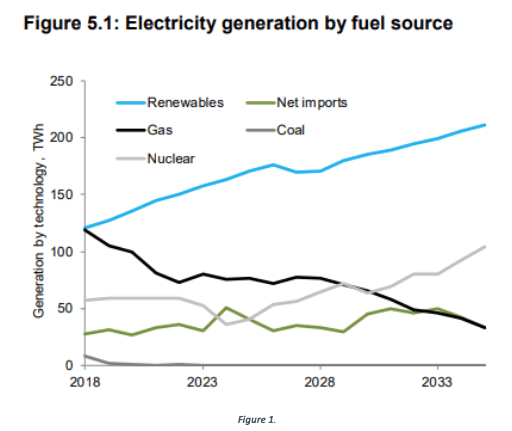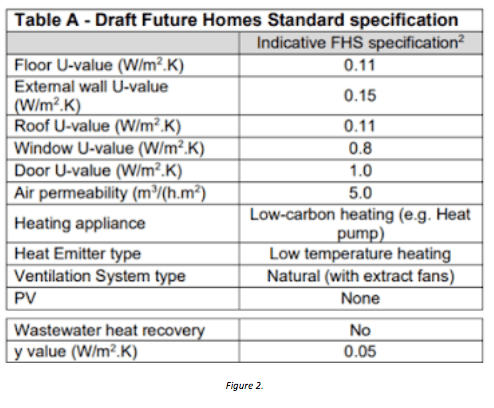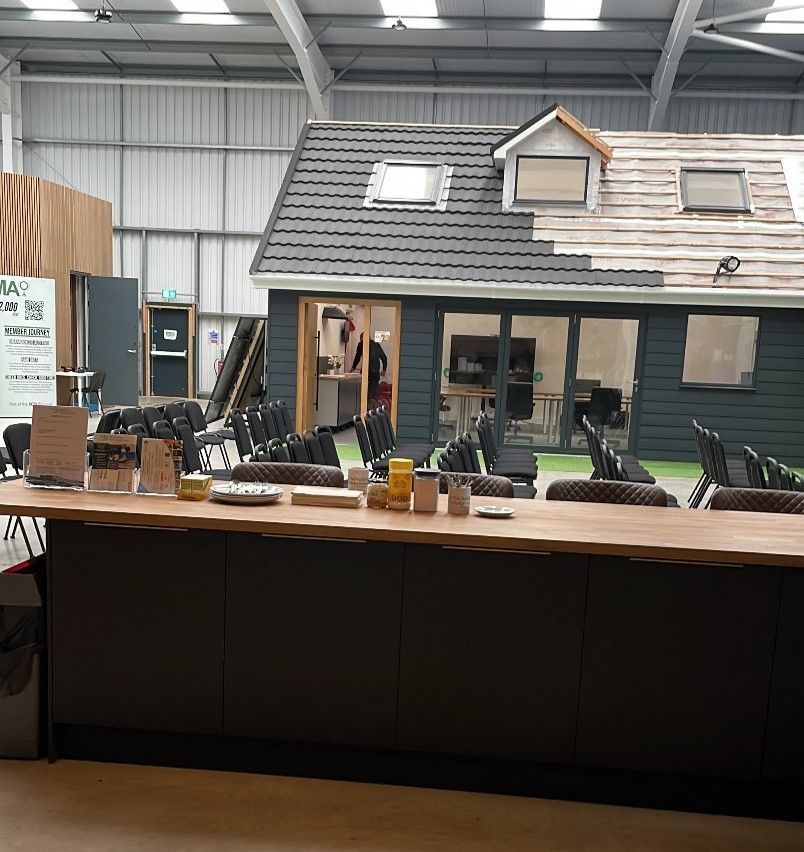De-carbonising Grid - Building Regulations Part LA 2021
Takumi Sloan • June 28, 2021
The new
Building Regulations Part LA
2021 – Future Homes Standard has provided huge insight into the future of domestic new builds. One of the major changes implemented will be accounting for the electricity generated by fuel source in UK and understanding how this will look in the future. Renewable technologies are being adopted at a huge rate and Figure 1 illustrates how this will accelerate over the next decade. In 2018 the carbon intensity generated by the UK reduced by approximately 60% since 2008 so a low carbon future is looking ever more viable. This notion is being reflected into the new regulations and electricity will now be less carbon intensive than mains gas.
With electricity now being better than gas can I install electric panel heaters as my main heating source?
No, unfortunately you cannot install electric panel heaters/electric storage heaters as your main heating source, and this is due to SAP 10 introducing a new metric for compliance:
Primary Energy Target - The Target Primary Energy Rate will consider how much energy (in kilowatt hours) is required to provide heating and hot water to a newly built dwelling. It will also include energy used by lighting, ventilation, cooling systems and showers.
The previous metrics will still need to be satisfied (C02 emissions target, fabric energy efficiency target, minimum standards) however this Primary Energy Target will now take center stage and will disallow the notion of using electric panel heaters as your main heating source.
Fuel factors will also be removed in the new build regulations, making LPG & Oil almost unreasonable from an SAP perspective. In combination all these changes are pushing the adoption of ASHP’s and this is where the future is heading for domestic dwellings, as illustrated in the draft Future Homes Specification shown in Figure 2.
Ashby Energy Assessors Blog and News

Biodiversity Net Gain (BNG) is an approach designed to leave the natural environment in a better state than before. It requires developers to assess the impact of their projects on local ecosystems and take active steps to ensure that the biodiversity is not only preserved but enhanced. As environmental concerns have gained more attention, BNG has emerged as a vital framework for mitigating the negative effects of development on nature, offering a systematic way to restore and improve ecosystems. This is particularly important in the local context, where urbanization and development often place heavy pressure on biodiversity.
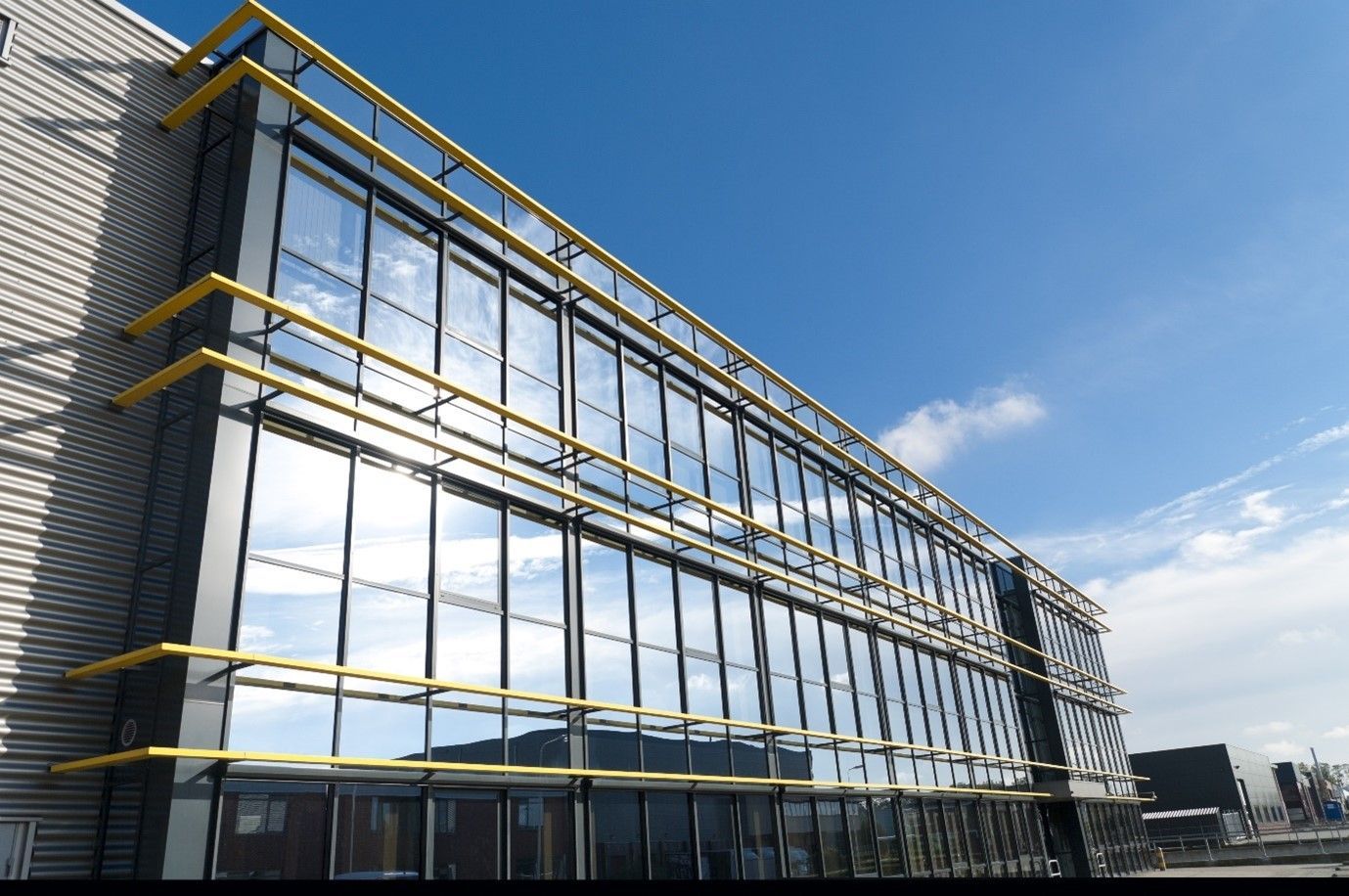
Energy efficiency requirements for new homes and non-domestic buildings are set by Part L (Conservation of Fuel and Power) and Part 6 of the Building Regulations 2010 (“the Building Regulations”). The consultation paves the way for achieving the Future Homes Standard and Future Buildings Standard. It explores technical proposals for changes to the Building Regulations, the associated Approved Document guidance and calculation methods.
